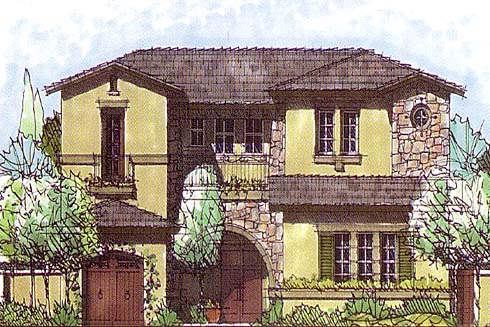FLOOR AREA RATIO (FAR)
Understanding Floor Area Ratio (FAR) in Real Estate
What is Floor Area Ratio (FAR)?
Floor Area Ratio, often referred to as FAR, is a planning tool used by municipalities to regulate the size, density, and intensity of development within a specific area. It is calculated by dividing the total floor area of a building by the total area of the parcel of land on which the building is situated. The formula for FAR is:
[FAR = frac{Total Floor Area of the Building}{Total Area of the Land}]
In simpler terms, FAR indicates how much floor area can be constructed on a certain amount of land. A higher FAR allows for the construction of larger buildings, while a lower FAR restricts the size of buildings, thereby influencing the overall density of development.
Significance of FAR in Real Estate
Urban Planning and Development
FAR is a vital tool for urban planners and policymakers as it helps in shaping the physical form of cities and neighborhoods. By setting minimum and maximum FAR values within zoning ordinances, local authorities can control the scale and density of development, thereby influencing the character of a community. For instance, in areas with a high FAR, one might expect to see tall, densely packed buildings, while in low FAR zones, buildings are typically shorter and more spread out.
Property Values and Investment
In the realm of real estate, FAR has a direct impact on property values and investment potential. Properties located in areas with higher FAR values often command higher prices due to the potential for increased development and utilization of space. Investors and developers keenly consider FAR regulations when evaluating the feasibility and potential return on investment for a particular property.
Design and Architecture
Design and Architecture
FAR also influences the design and architecture of buildings. Developers and architects must adhere to the FAR restrictions while designing structures, ensuring that the building's total floor area complies with the permissible limits set by local regulations. This often leads to innovative design solutions to maximize space utilization within the confines of the prescribed FAR.
Challenges and Considerations
While FAR serves as a valuable tool for urban planning and real estate development, it is not without its challenges and considerations:
Impact on Neighborhood Character:
High FAR values can lead to increased density and potential strain on infrastructure, impacting the character and livability of neighborhoods.
Zoning Complexity:
Understanding and navigating FAR regulations can be complex, requiring expertise to interpret and apply the regulations effectively.
Equitable Development:
FAR regulations should be crafted to promote equitable development, balancing the need for growth with considerations for community well-being and inclusivity.
Conclusion
In conclusion, Floor Area Ratio (FAR) stands as a pivotal element in the realm of real estate and urban planning. Its influence extends from shaping the physical landscape of cities to impacting property values and investment decisions. As cities continue to evolve and grow, FAR regulations will play a crucial role in guiding sustainable and harmonious development.
Understanding the nuances of FAR and its implications is essential for real estate professionals, developers, and policymakers alike, as it directly shapes the built environment we inhabit.
By:
MORE REAL ESTATE TERMS
A, B, C, D, E, F, G, H, I, J, K, L, M, N, O, P, Q, R, S, T, U, V, W, X, Y, Z
Featured New Home

Featured Mortgage Brokers
- MANN MORTGAGE LLC, LEWISTON, ID
247 THAIN RD STE 104
LEWISTON, ID 83501 - NEIGHBORS FINANCIAL CORP, SACRAMENTO, CA
2831 G ST STE 200
SACRAMENTO, CA 95816 - DITECH MORTGAGE CORP, FORT WASHINGTON, PA
1100 VIRGINIA DR STE 100
FORT WASHINGTON, PA 19034 - W J BRADLEY MORTGAGE CAPITAL, LLC, PLAINFIELD, IL
2011 S ROUTE 59
PLAINFIELD, IL 60586 - FIRST PRIORITY FINANCIAL INC, BENICIA, CA
1350 HAYES ST STE C14
BENICIA, CA 94510